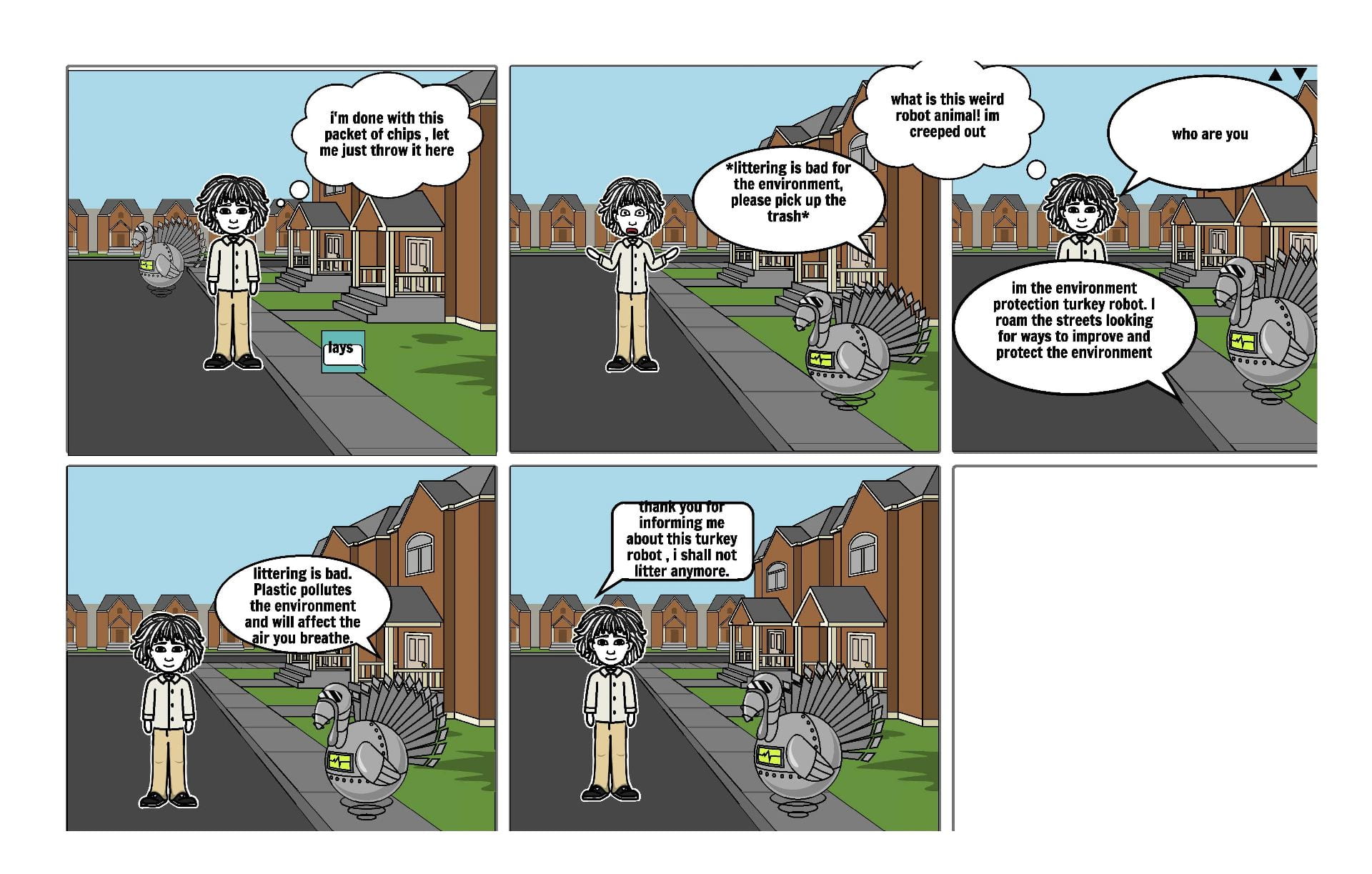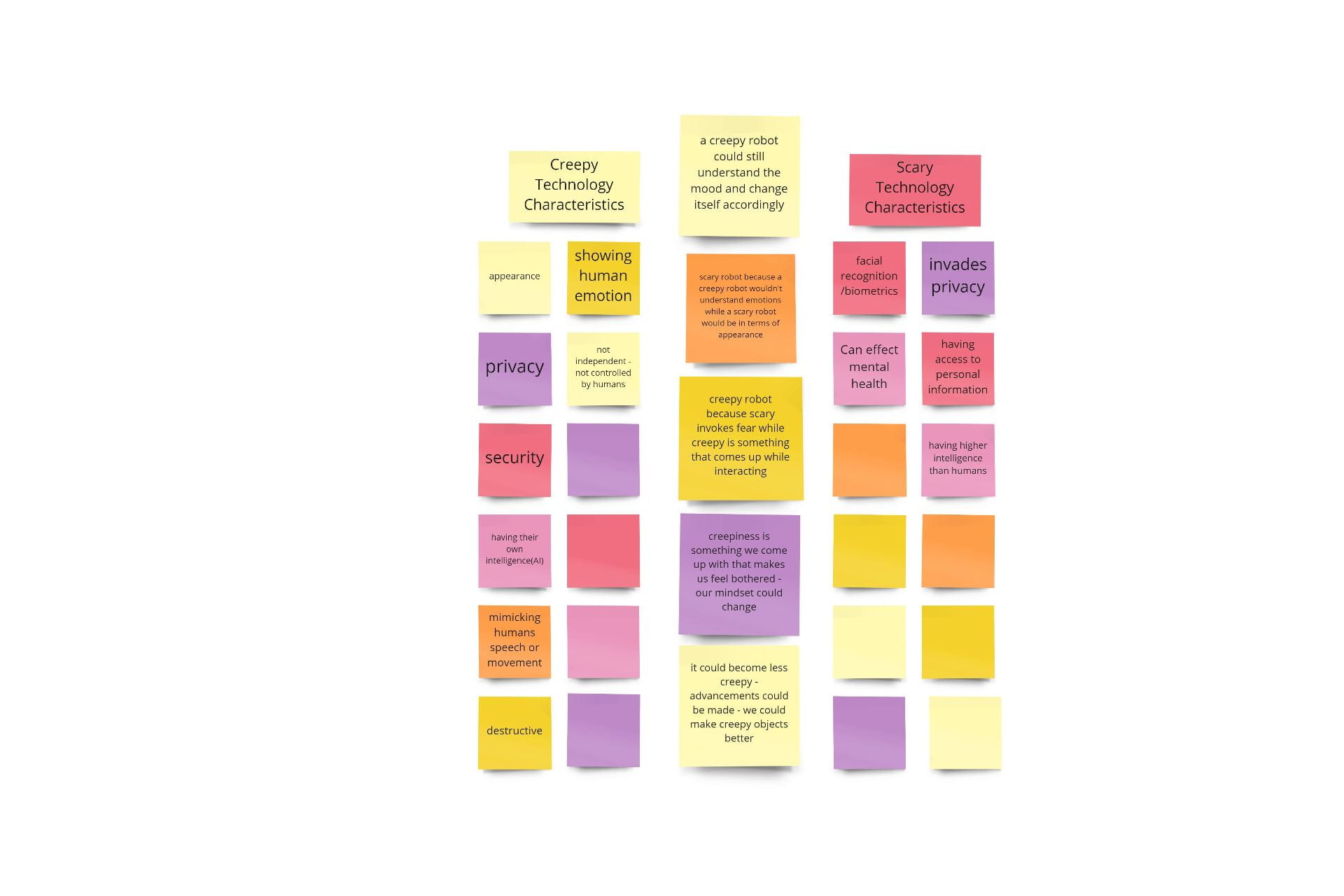February 5, 2021
Investigating cultural differences in the creepiness of social robots
EMAR Researcher Tanya Budhiraja is replicating Project EMAR’s U.S. Creepiness study in India! As with the previous study, teens in India discussed and explored where the line is drawn between helpful and creepy when it comes to social robots.

In remote design sessions, teens in India created infinity diagrams and storyboards to define and outline what characteristics or qualities in a social robot come across as creepy. For instance, one teen’s perspective noted that robots with the ability to “alter states of the brain” were creepy.
“Creepiness is an unsettling feeling while fear is something you can get over in time,” another teen commented.
Budhiraja noticed that often the participating teenagers would sometimes reference cultural-specific events to explain why they found technology creepy. Additionally, she noticed that some teen’s assessment of creepiness changed based upon the robot’s value to society.
Findings of this study will help guide Project EMAR as the team continues to develop and design a community-based social robot that will support teenagers rather than creep them out.
